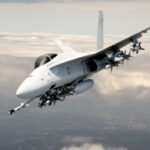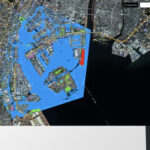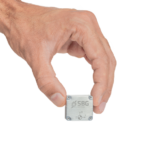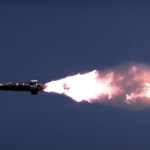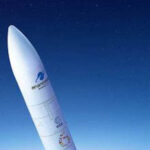Ansys’ Updated ODTK Software Prepared for More Lunar Missions
Ansys says the latest version of its Orbit Determination Tool Kit (ODTK), which provides highly accurate spacecraft orbit estimates, is better suited to operating near the moon and in “cislunar space,” the region between the Earth and the moon where orbiting spacecraft are influenced by the gravity of both bodies.
By Brett Davis





